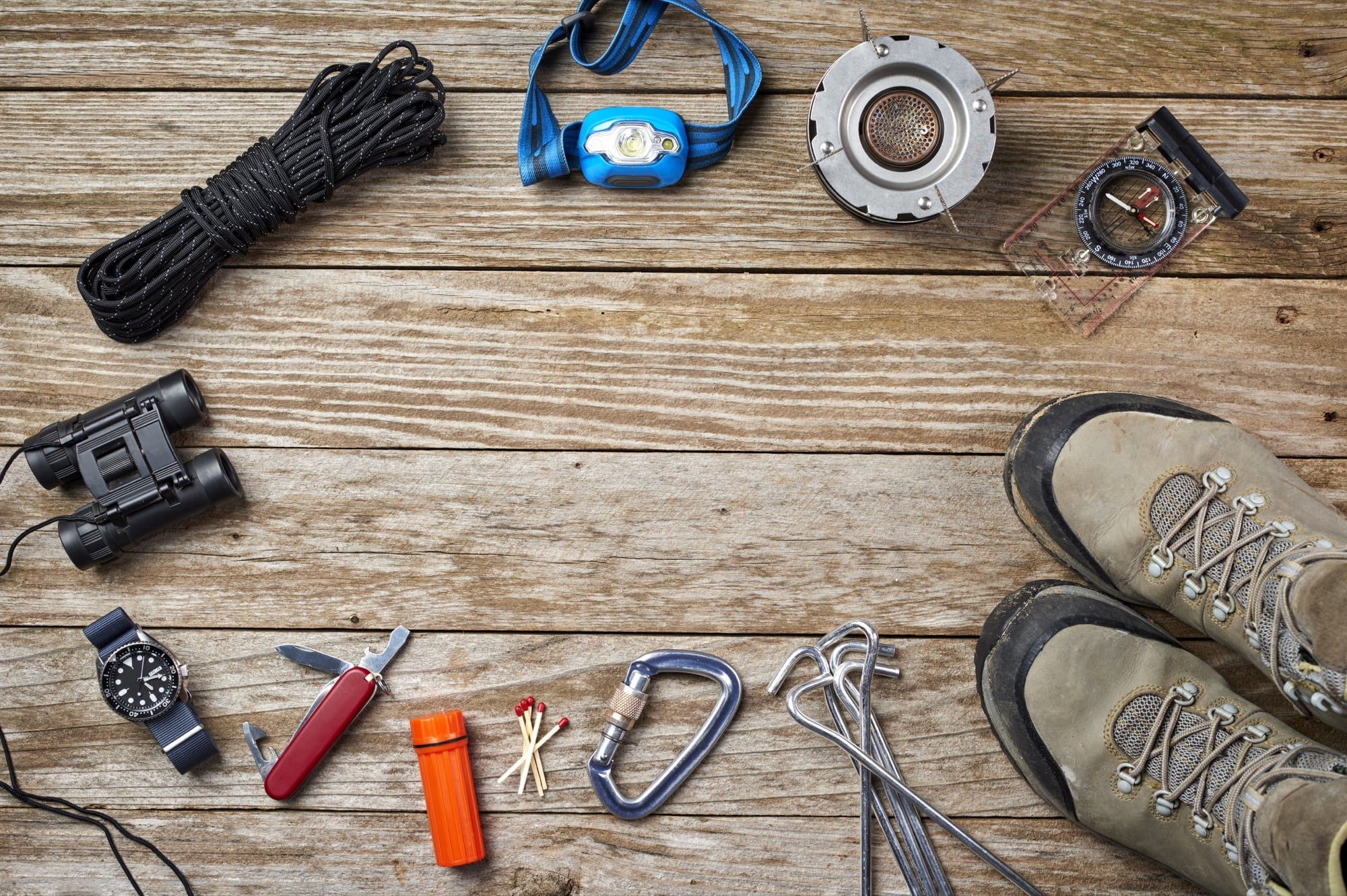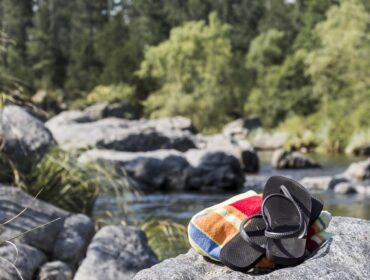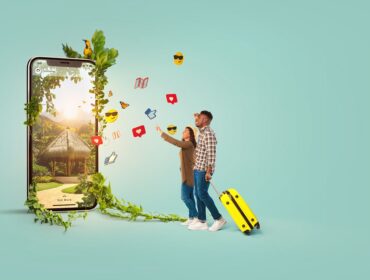 When we think of water pollution, we often think of the biggest offenders: oil, industrial waste, and various types of refuse, including plastics. Although these are certainly formidable threats to aquatic ecosystems — not to mention our drinking water — there is an even more widespread form of pollution that few consider themselves responsible for, but most definitely play a part in.
When we think of water pollution, we often think of the biggest offenders: oil, industrial waste, and various types of refuse, including plastics. Although these are certainly formidable threats to aquatic ecosystems — not to mention our drinking water — there is an even more widespread form of pollution that few consider themselves responsible for, but most definitely play a part in.
Even if you’re not deliberately polluting your community’s waterways, the way you live your daily life could be wreaking havoc on their current and future health.
A recent study conducted in Oregon and Washington identified 112 toxic materials in the Columbia River that made their way largely via waste water treatment plants. The substances included pesticides, pharmaceuticals, mercury, flame-retardants, and chemicals from personal care and household cleaning products.
Out of nine treatment sites that were tested, every single one contained diphenhydramine, the substance responsible for drowsiness that comes with over-the-counter medicines like Tylenol PM and Benadryl. Carbamazepine, another chemical compound found at all nine sites, is a component of mood stabilizers that are used to treat epilepsy, bipolar disorder, ADHD, PTSD, and a variety of other moderate to serious psychological problems.
Because many of the compounds found in our waterways are emerging contaminants, part of the problem in management is that waste water treatment facilities are not designed to eliminate them. The rate at which new compounds are being introduced presents major challenges to keeping them from reaching local ecosystems, where the effects of bioaccumulation on native plants and animals are not yet fully understood. And because a significant portion of the human population relies on these ecosystems for survival, the problems related to this pollution expand beyond the realm of what can be easily contained.
 Like many issues the world is facing today, it may seem like there’s little you can do to make an impact. But as we’ve said before, if everyone takes the initiative to change, real change gradually starts to happen.
Like many issues the world is facing today, it may seem like there’s little you can do to make an impact. But as we’ve said before, if everyone takes the initiative to change, real change gradually starts to happen.
One of the simplest ways we can stop contributing to the pollution of our waterways is to evaluate our daily activities, and look for ways that we may be adding to the problem. Make an effort to discontinue use of chemical fertilizers and other outdoor agents, and replace them with organic solutions.
Find out if your community has a drop-off for pharmaceuticals that you no longer need, rather than flushing them away or tossing them into the trash. If you have the option of natural cleaning and personal care products over ones that are filled with chemicals and artificial ingredients, give them a try. There is a wealth of information online that can help you source these products, or even make your own.
Transition is rarely an easy thing for anyone, but you’ll never know unless you actually try it. And while we all may inadvertently be part of the problem, there’s nothing stopping us from being a conscious part of the solution.
Photos via woodleywonderworks, MSVG




